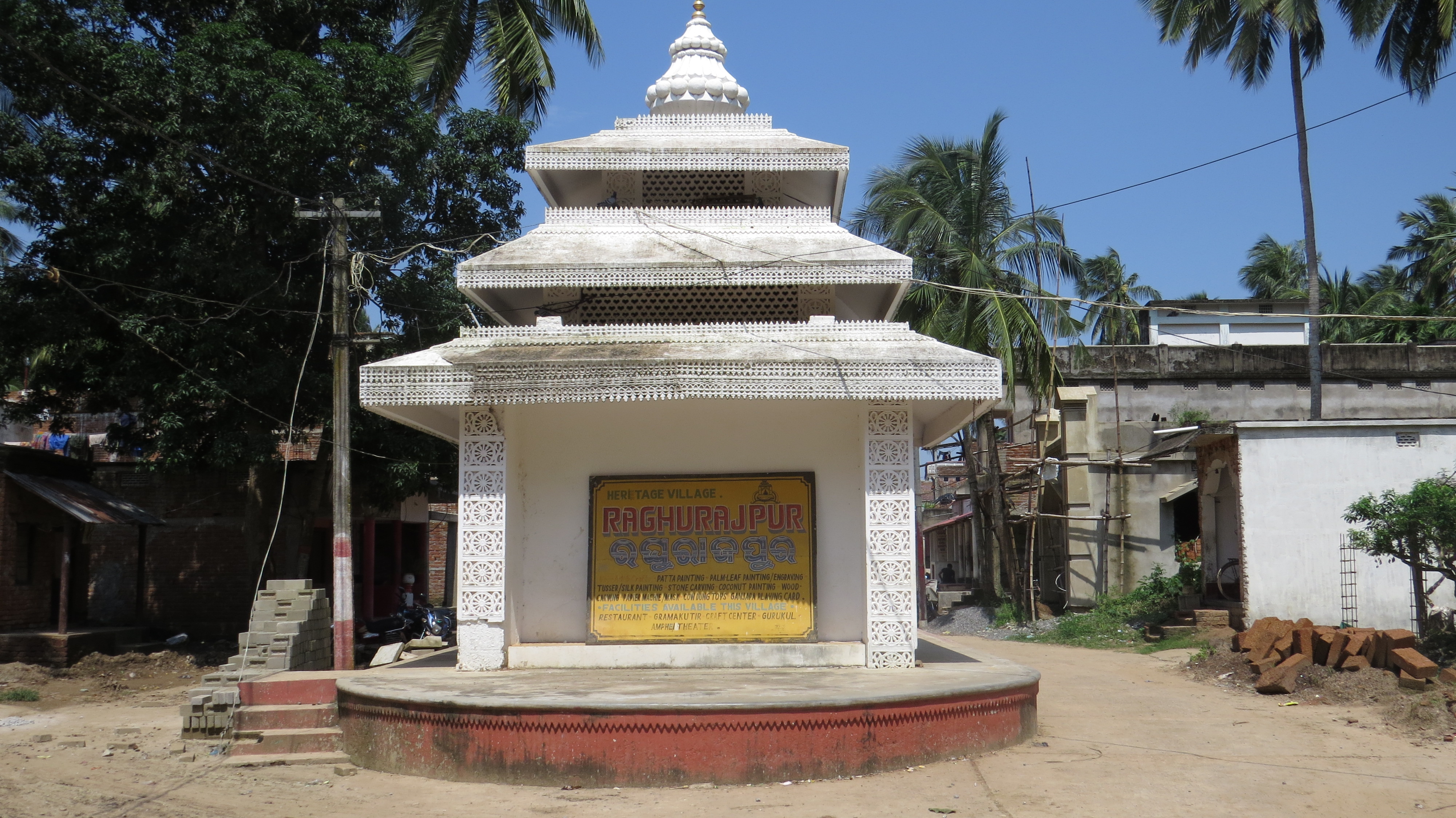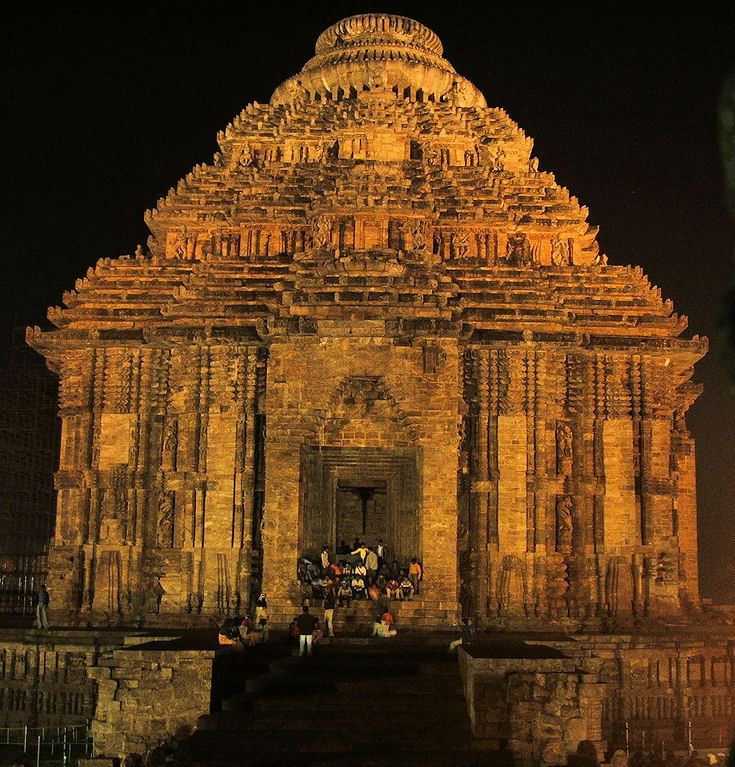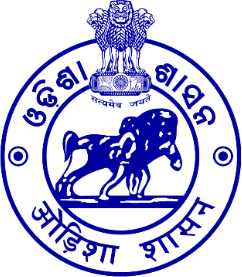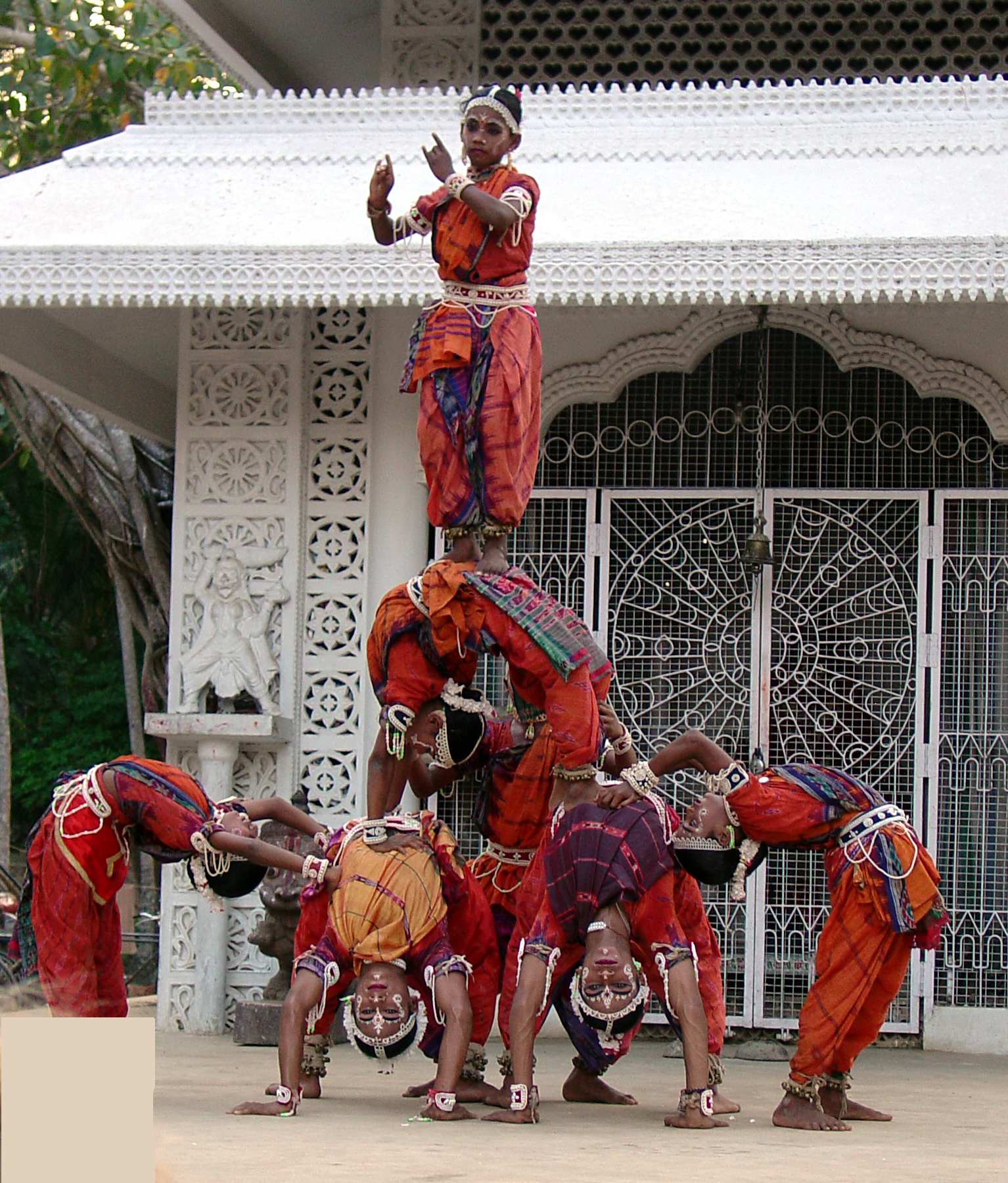|
Maguni Charan Das
Maguni Charan Das was an Indian traditional dancer of Gotipua, a traditional dance form of Odisha. Life He was the founder of ''Dasabhuja Gotipua Odishi Nrutya Praishad'', a school for Gotipua dance where the art form is taught in the traditional Gurukul way. Born in Raghurajpur, in Puri district of the Indian state of Odisha, he is known to have contributed to the revival of Gotipua tradition, which is widely considered as the precursor of the classical dance form of Odissi. His style of performance is known as the ''Raghurajpur Gharana'' of Gotipua and his school provides training in the dance discipline, while taking care of the academic education of the students. He was a recipient of Odisha Sangeet Natak Akademi Award and Tulsi Award. The Government of India awarded him the fourth highest civilian honour of the Padma Shri Padma Shri (IAST: ''padma śrī''), also spelled Padma Shree, is the fourth-highest Indian honours system, civilian award of the Republic of India, ... [...More Info...] [...Related Items...] OR: [Wikipedia] [Google] [Baidu] |
Raghurajpur
Raghurajpur is a heritage crafts village out of Puri district, India, known for its master Pattachitra painters, an art form which dates back to 5 BC in the region and Gotipua dance troupes, the precursor to the Indian classical dance form of Odissi. It is also known as the birthplace of one of the finest and Legendary Odissi exponents Padma Vibhushan Guru, Kelucharan Mohapatra and Gotipua Dancer Padma Shri Guru, Maguni Charan Das. It is also the birth place of Shilp Guru Dr. Jagannath Mahapatra who is a prominent Pattachitra Artist and has a huge contribution on the development of Pattachitra art and Raghurajpur village. Apart from that, the village is also home to crafts like Tussar paintings, Palm leaf Engravings, Stone carvings, Wood carvings, Cowdung toys and Papier mache toys, and masks. Bindloss, p. 648 In 2000, after a two-year research and documentation project by INTACH, starting 1998, the village was chosen to be developed as state's first heritage village a ... [...More Info...] [...Related Items...] OR: [Wikipedia] [Google] [Baidu] |
Puri District
Puri district is a coastal district of the Odisha state of India. It has one sub-division, 11 tahasils and 11 blocks and comprises 1722 revenue villages. Puri is the only municipality of the district. Konark, Pipili and Nimapara are the three NACs in this district. Satyabadi, Gop, Kakatpur and Brahmagiri are major semi-urban areas. Name The district is named after its capital city, Puri. In Sanskrit, the word "Puri" means town or city. The city is an important seat of Vaishnavism, and is home to the noted Jagannath Temple built by Anantavarman Chodaganga in the mid 12th century CE. History Pre-history Like many other parts of Odisha, the Puri district contains Pleistocene river gravels and silts. So far, no prehistoric stone tools have been found in this region, although they are found in similar formations (river gravels, secondary laterite pits and murrams) in the nearby districts of Dhenkanal, Mayurbhanj, Kendujhar and Sundergarh. Early records In the dramatic poe ... [...More Info...] [...Related Items...] OR: [Wikipedia] [Google] [Baidu] |
Odisha
Odisha (English: , ), formerly Orissa ( the official name until 2011), is an Indian state located in Eastern India. It is the 8th largest state by area, and the 11th largest by population. The state has the third largest population of Scheduled Tribes in India. It neighbours the states of Jharkhand and West Bengal to the north, Chhattisgarh to the west, and Andhra Pradesh to the south. Odisha has a coastline of along the Bay of Bengal in Indian Ocean. The region is also known as Utkala and is also mentioned in India's national anthem, " Jana Gana Mana". The language of Odisha is Odia, which is one of the Classical Languages of India. The ancient kingdom of Kalinga, which was invaded by the Mauryan Emperor Ashoka (which was again won back from them by King Kharavela) in 261 BCE resulting in the Kalinga War, coincides with the borders of modern-day Odisha. The modern boundaries of Odisha were demarcated by the British Indian government when Orissa Province was es ... [...More Info...] [...Related Items...] OR: [Wikipedia] [Google] [Baidu] |
Gotipua
Gotipua is a traditional dance form in the state of Odisha, India, and the precursor of Odissi classical dance. It has been performed in Orissa for centuries by young boys, who dress as women to praise Jagannath and Krishna. The dance is executed by a group of boys who perform acrobatic figures inspired by the life of Radha and Krishna. The boys begin to learn the dance at an early age until adolescence, when their androgynous appearance changes. In the Odia language, Gotipua means "single boy" (''goti-pua''). Raghurajpur, Odisha (near Puri) is a historic village known for its Gotipua dance troupes. The dance of the Gotipuas is accompanied by traditional Odissi music with the primary percussion being the Mardala. Dancers To transform into graceful feminine dancers the boys do not cut their hair, instead they style it into a knot and weaving garlands of flowers into it. They make up their faces with mixed white and red powder. ''Kajal'' (black eyeliner) is broadly applied ar ... [...More Info...] [...Related Items...] OR: [Wikipedia] [Google] [Baidu] |
Padma Shri
Padma Shri (IAST: ''padma śrī''), also spelled Padma Shree, is the fourth-highest civilian award of the Republic of India, after the Bharat Ratna, the Padma Vibhushan and the Padma Bhushan. Instituted on 2 January 1954, the award is conferred in recognition of "distinguished contribution in various spheres of activity including the arts, education, industry, literature, science, acting, medicine, social service and public affairs". It is awarded by the Government of India every year on India's Republic Day. History Padma Awards were instituted in 1954 to be awarded to citizens of India in recognition of their distinguished contribution in various spheres of activity including the arts, education, industry, literature, science, acting, medicine, social service and public affairs. It has also been awarded to some distinguished individuals who were not citizens of India but did contribute in various ways to India. The selection criteria have been criticised in some qu ... [...More Info...] [...Related Items...] OR: [Wikipedia] [Google] [Baidu] |
Gurukul
Education in India is primarily managed by state-run public education system, which fall under the command of the government at three levels: central, state and local. Under various articles of the Indian Constitution and the Right of Children to Free and Compulsory Education Act, 2009, free and compulsory education is provided as a fundamental right to children aged 6 to 14. The approximate ratio of public schools to private schools in India is 7:5. Education system Up until 1976, education policies and implementation were determined legally by each of India's constitutional states. The 42nd amendment to the constitution in 1976 made education a 'concurrent subject'. From this point on the central and state governments shared formal responsibility for funding and administration of education. In a country as large as India, now with 28 states and eight union territories, this means that the potential for variations between states in the policies, plans, programs and initi ... [...More Info...] [...Related Items...] OR: [Wikipedia] [Google] [Baidu] |
Odissi
Odissi (), also referred to as Orissi in old literature, is a major ancient Indian classical dance that originated in the temples of Odisha – an eastern coastal state of India.Odissi ''Encyclopædia Britannica'' (2013) Odissi, in its history, was performed predominantly by women, and expressed stories and spirital ideas, particularly of through songs written and composed according to the ''ragas'' & ''talas'' of |
Mardala
Mardala () is a classical percussive instrument native to the east Indian state of Odisha, traditionally used as the primary accompaniment in Odissi classical music. The instrument is different from other instruments that might have similar names in the Indian subcontinent due to its unique construction, acoustic features and traditional playing technique. The Mardala is used in a wide range of traditional art forms of Odisha, including Gotipua, Mahari, Odissi dance, Bhagabata Tungi, Sakhi Nata, Prahallada Nataka, Ramalila, Krusnalila, Rama Nataka, Sahi Jata, Medha Nacha, Bharata Lila, Bhutakeli Nata, Odisi Kirtana and more. History Odishan musicologists in ancient treatises have mentioned four distinct kinds of instruments or ''vadyas'' : ''tat'' or stringed instruments, ''susira'' or wind instruments, ''anaddha'' or leather instruments / drums & finally ''ghana'' or metallic instruments. Out of these four, the Mardala falls under the category of ''anaddha vadya''s or drums ... [...More Info...] [...Related Items...] OR: [Wikipedia] [Google] [Baidu] |
Year Of Birth Missing
A year or annus is the orbital period of a planetary body, for example, the Earth, moving in its orbit around the Sun. Due to the Earth's axial tilt, the course of a year sees the passing of the seasons, marked by change in weather, the hours of daylight, and, consequently, vegetation and soil fertility. In temperate and subpolar regions around the planet, four seasons are generally recognized: spring, summer, autumn and winter. In tropical and subtropical regions, several geographical sectors do not present defined seasons; but in the seasonal tropics, the annual wet and dry seasons are recognized and tracked. A calendar year is an approximation of the number of days of the Earth's orbital period, as counted in a given calendar. The Gregorian calendar, or modern calendar, presents its calendar year to be either a common year of 365 days or a leap year of 366 days, as do the Julian calendars. For the Gregorian calendar, the average length of the calendar ye ... [...More Info...] [...Related Items...] OR: [Wikipedia] [Google] [Baidu] |
2008 Deaths
This is a list of deaths of notable people, organised by year. New deaths articles are added to their respective month (e.g., Deaths in ) and then linked here. 2022 2021 2020 2019 2018 2017 2016 2015 2014 2013 2012 2011 2010 2009 2008 2007 2006 2005 2004 2003 2002 2001 2000 1999 1998 1997 1996 1995 1994 1993 1992 1991 1990 1989 1988 1987 See also * Lists of deaths by day * Deaths by year {{DEFAULTSORT:deaths by year ... [...More Info...] [...Related Items...] OR: [Wikipedia] [Google] [Baidu] |
People From Puri District
A person ( : people) is a being that has certain capacities or attributes such as reason, morality, consciousness or self-consciousness, and being a part of a culturally established form of social relations such as kinship, ownership of property, or legal responsibility. The defining features of personhood and, consequently, what makes a person count as a person, differ widely among cultures and contexts. In addition to the question of personhood, of what makes a being count as a person to begin with, there are further questions about personal identity and self: both about what makes any particular person that particular person instead of another, and about what makes a person at one time the same person as they were or will be at another time despite any intervening changes. The plural form "people" is often used to refer to an entire nation or ethnic group (as in "a people"), and this was the original meaning of the word; it subsequently acquired its use as a plural form of p ... [...More Info...] [...Related Items...] OR: [Wikipedia] [Google] [Baidu] |








_1938.jpg)